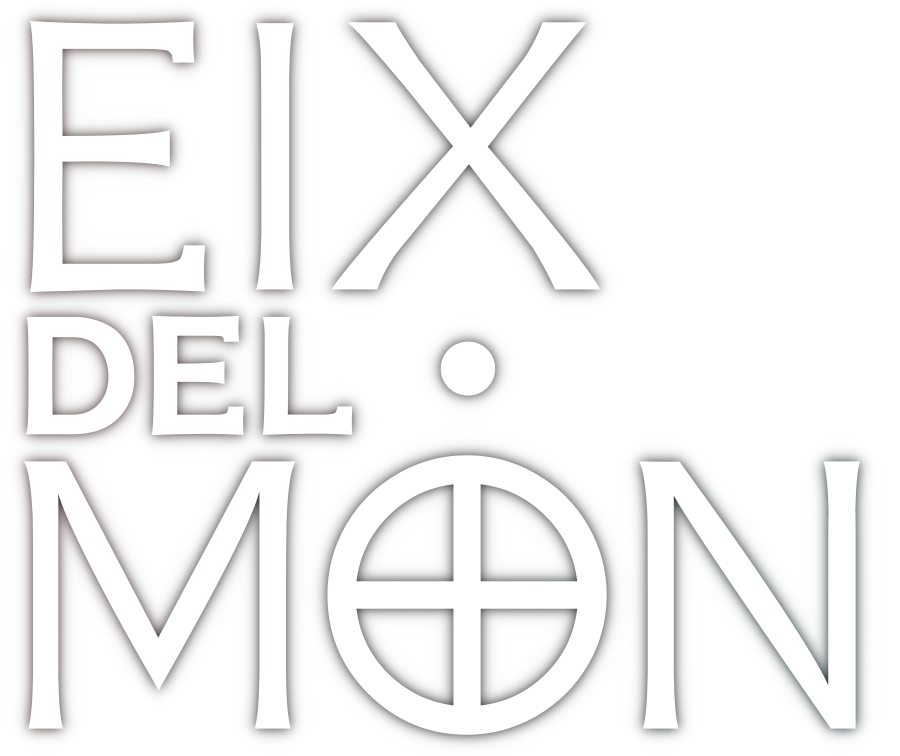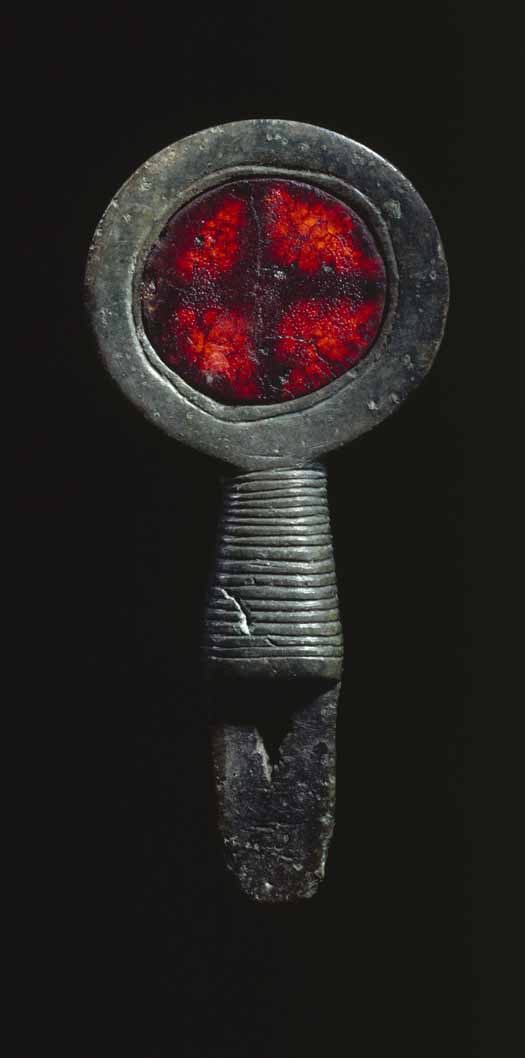The Sun-Holder, Found somewhere in Denmark. The Sun was worshipped in the danish Bronze-age. The sun disc is made of amber, and when hold towards the light a cross appears. National Museum of Denmark.
The original caption speaks of the Sun. Surely Talbott would disagree.
- D. N. Talbott, The Saturn Myth, Doubleday, 1980.
[Bibtex]@Book{TalbottDavidTheSaturnMyth1980, title = {The Saturn Myth}, publisher = {Doubleday}, year = {1980}, author = {David N Talbott}, note = {1. This version fully reformatted for eBook devices, specifically Kindle, with endnotes and internal references fully hyperlinked. 2. To convert to other formats use Calibre eBook Management software, available to download free. 3. 1st revision August 2013. 2nd Revision Nov 2014 (filetype changed to .azw3, checked \& fixed non-functional hyperlinks \& minor corrections). Final revision Feb 2015 (minor corrections throughout \& all hyperlinks checked).}, file = {TalbottDavidTheSaturnMyth1980.azw3:media/trismegisto/Vitamin/Documents/Bibliography/TalbottDavidTheSaturnMyth1980.azw3:Amazon Kindle;TalbottDavidTheSaturnMyth1980.epub:media/trismegisto/Vitamin/Documents/Bibliography/TalbottDavidTheSaturnMyth1980.epub:ePUB}, owner = {trismegisto}, review = {Intrigued by Velikovsky’s claim that Saturn was once the pre-eminent planetary god, David Talbott resolved to examine its mythical character. “I wanted to know,” he wrote, “if ancient sources had a coherent story to tell about the planet . . . I had no inkling of the spectacular tale hidden in the chronicles.” In this startling re-interpretation of age-old symbolism Talbott argues that the “Great God” or “Universal Monarch” of the ancients was not the sun, but Saturn, which once hung ominously close to the earth, and visually dominated the heavens. Talbott’s close textual and symbolic analysis reveals the fundamental themes of Saturn imagery and proves that all of them—including the “cosmic ship”, the “island at the top of the world”, the “eye of heaven” and “the revolving temple” were based on celestial observations in the northern sky. In addition he shows how such diverse symbols as the Cross, “sun”-wheels, holy mountains, crowns of royalty and sacred pillars grew out of ancient Saturn worship. Talbott contends that Saturn's appearance at the time, radically different from today, inspired man's leap into civilization, since many aspects of early civilization can be seen as conscious efforts to re-enact or commemorate Saturn’s organization of his “celestial” kingdom. A fascinating look at ancient history and cosmology, The Saturn Myth is a provocative book that might well change the way you think about man’s history and the history of the universe.}, timestamp = {2016.01.22}, url = {https://archive.org/details/TalbottDavidTheSaturnMyth1980} }







